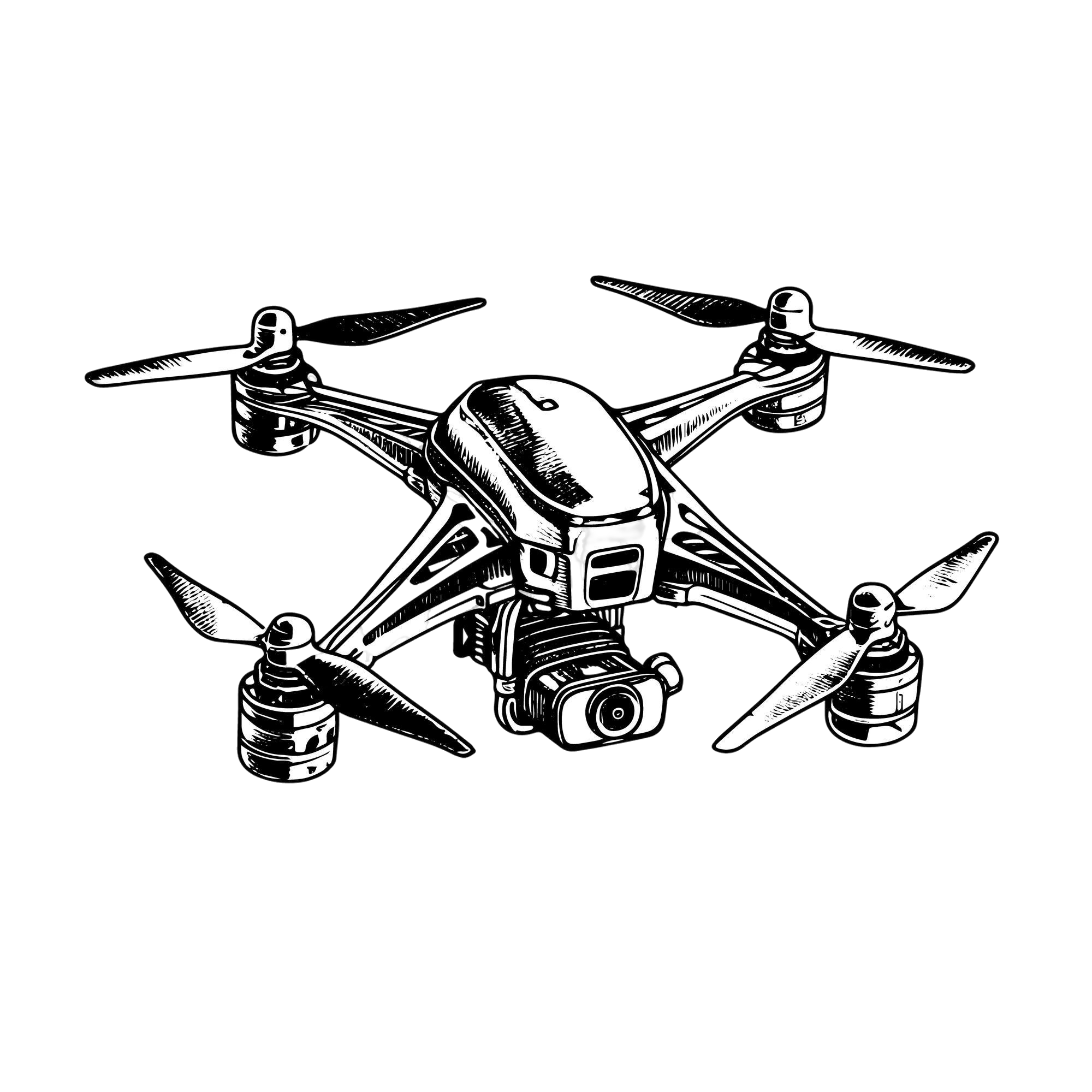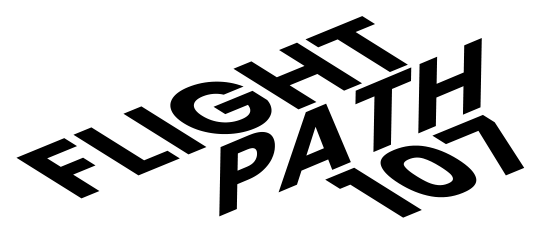Defining Civil Twilight
Civil twilight is the time just after sunset or just before sunrise when the sun is below the horizon, but there’s still enough natural light to see without artificial illumination.
Under Part 107, civil twilight is defined as:
- 30 minutes before official sunrise
- 30 minutes after official sunset
These time windows are important for drone pilots planning early morning or evening flights, especially for operations that transition between daylight and night.
UAS Anti-Collision Lighting at Night
Strobe Light Requirement for Night Flight
For night operations, Part 107 requires your drone to have at least one anti-collision strobe light.
Night Visibility Rule: 3 Statute Miles
Drone pilots are allowed to fly during civil twilight and at night only if the drone is equipped with anti-collision lights that are visible for at least 3 statute miles.
This visibility requirement is designed to help other aircraft and observers see your drone. This reduces the risk of midair collisions and enhances safety during low-light operations.
Dimming the Strobe Light for Safety
Under Part 107, the Remote PIC may reduce the intensity of the anti-collision strobe light if necessary for safety, but may not turn it off completely.
This flexibility is allowed when lighting conditions create visual interference or hazards.
Field Example:
You’re conducting a night inspection of a metal bridge, and the strobe light is creating intense glare off the structure, making it difficult to see. To maintain safe and effective operations, you dim the strobe light to reduce the reflection—improving visibility while still complying with FAA rules.
Visual Illusions and How to Counter Them
Autokinesis:
Autokinesis makes stationary lights look like they’re moving, which can confuse drone pilots.
Staring at a far-off bright light (like the light from your drone) against a dark background can make it seem like the light is moving, even if it’s actually not.
To counter this, switch your focus between different distances. It helps your eyes adjust better to what’s around you. Furthermore, do not to stare at one thing for more than 10 seconds. It keeps your vision clear and helps avoid confusion.
Reversible Perspective
Reversible Perspective Illusion is when you can’t tell whether what you’re looking at is close or far away.
Pilots need to watch out for this because it can cause issues with your sense of distance and space while flying.
By not staring at any one thing for too long, as well as using familiar landmarks, pilots stay on track and know exactly where they are.
Flicker Vertigo
Flicker Vertigo, or the strobe light effect, happens when pilots get disoriented from flickering lights, like those from propellers.
Be careful in lighting that makes flickering worse, like low sun angles.
False Horizon
False Horizon is when pilots get can’t distinguish where the real horizon is, especially in low light. It can disorient your sense of direction during flight.




